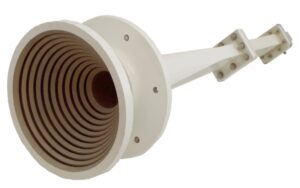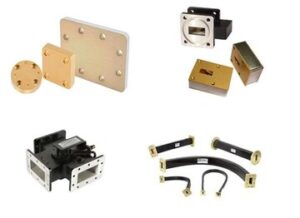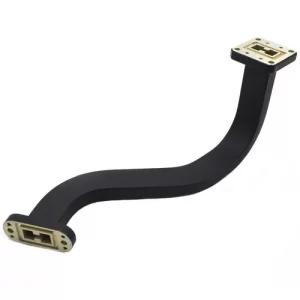Table of Contents
Chemical Composition
The main contents of WD-40 include 50-60% aliphatic hydrocarbons, 15-25% low vapor pressure aliphatic hydrocarbons, and 2-3% carbon dioxide as a propellant. These compounds are very good for general lubrication and against rust, but not for maintaining the O-rings made from common rubber material. For example, O-rings made from a common type of rubber known as NBR (nitrile butadiene rubber) have a tolerance to petroleum products of up to approximately 100-120°C. However, long-term exposure to WD-40 degrades the molecular structure in nitrile and makes it lose as much as 20-30% of its elasticity. This reduces drastically the ability of the O-ring to seal effectively.
In applications related to automotive systems, more so those on fuel injectors, the integrity of O-rings becomes critical. In the systems, O-rings are very well exposed to temperatures above 90°C regularly and normally are subjected to oils and other lubricants. This is compared with the effects of using WD-40 instead of a specialized O-ring lubricant, which, under these conditions, softens the rubber and deteriorates it after a mere 30 to 40 cycles of these conditions. Leaks can cause fuel to spill out, and depending on the damage, this could cost upwards of $200-$800 in repair fees.
The operational life of an O-ring is approximately 500 hours, under industrial usage with moderate levels of stress coupled with the right type of lubricant. WD-40, on the other hand, could degrade such life expectancy by 30-40% because of extreme conditions of very high temperature or friction without stop. On the contrary, when silicone-based lubricants are applied, the entire operational life expectancy of O-rings will be realized and thus allow them to serve as long as up to 700 hours without their performance being degraded.
By contrast, Viton O-rings are more resistant to such chemical damage caused by petroleum-based products. However, even they can suffer from performance degradation over a certain time period when exposed to WD-40. It was indicated in studies that Viton O-rings, which were exposed to WD-40 for 100 hours at 90°C, can undergo up to a 5-10% reduction in tensile strength, therefore becoming less reliable in systems such as hydraulic equipment. If one Viton O-ring fails in a hydraulic system, then the repair cost can easily exceed $1,000 due to labor costs related to replacing the failed seals.
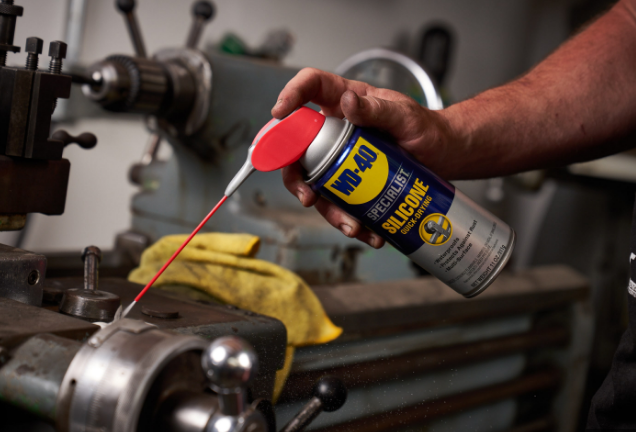
Rubber Swelling
This can be attributed to the fact that WD-40 causes considerable swelling in contact with O-rings, particularly those made from NBR or nitrile rubber. NBR is among the most common materials in which O-rings are made, due to their resistance to oil and fuel. In contact with petroleum products such as WD-40, volume increases of 15-30% are possible. These swellings affect the ability of the O-ring to attain a good fit in the groove, hence compromising its sealing capability. In plumbing, an O-ring that swells only by 10% could be sufficient to yield minor leaks resulting in loss of water and higher repair costs, occasionally running into hundreds of dollars if not checked.
If an NBR O-ring used in fuel injectors swells up after exposure to WD-40, a mere 5% increase in the size of the O-ring prevents proper sealing of the injector, thus leading to fuel leaks. Fuel leakage can cut fuel efficiency by 5-10%, increasing fuel costs. The repair cost of a fuel injector system could vary from 300-1,000 dollars with respect to the car model and make.
Not all types of O-rings show similar responses to WD-40. EPDM rubber, used in brake systems and cooling systems, is said to be very prone to swelling due to petroleum-based lubricants. In one test, EPDM O-rings exposed to WD-40 swelled up to 50% after continuous exposure for 100 hours at temperatures over 90°C. A result of such swelling is that brakes can become inoperable; if the entire system needs to be replaced due to seal failure, costs of repair can range from $500 to $2,000.
Although Viton O-rings are totally resistant to most chemicals, a certain extent of swelling still appears upon exposure to WD-40. In particular, this study provides that when a Viton O-ring would be exposed to WD-40 at a rather high temperature over 80°C, it may swell approximately by 5-10% within 50 hours.
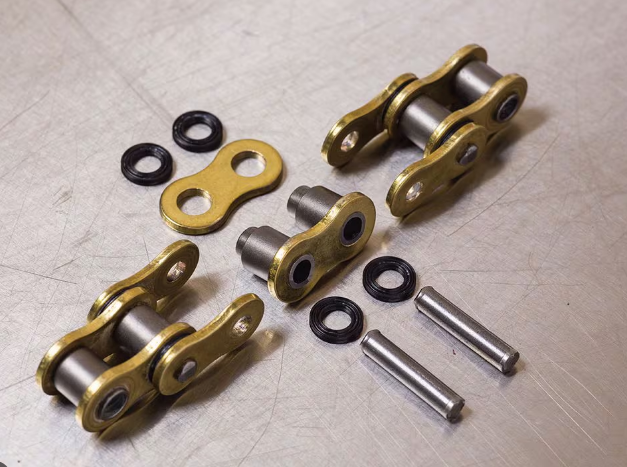
Material Compatibility
Most O-ring materials are incompatible with WD-40 due to its petroleum-based composition. One of the most common O-ring materials, NBR-nitrile rubber-multipurpose typically exhibits very poor compatibility and reaction resistance to interaction with WD-40. With long exposure to WD-40, tensile strength can be reduced by 10-30% for a nitrile O-ring. In plumbing, the loss of strength that leads to a breach of a nitrile O-ring can determine a water leak, which may involve upwards of $500 in repairs depending on the extent of the damage.
Silicone rubber O-rings are also compatible to a limited extent with WD-40. As a general rule, silicone enjoys an excellent resistance to heat, generally up to 200°C, but is extremely sensitive to products like WD-40, petroleum-based. With prolonged exposure to WD-40, silicone O-rings actually degrade, losing some 20-25% of their elasticity. This could mean complete failure in applications such as automotive engine gaskets. A compromised seal might mean overheating-a main cause of engine failure-costing an owner anywhere from $700 to $1,500 in repairs, depending on the damage.
EPDM rubber O-rings are normally used in brake fluid applications and cooling systems, they are not at all compatible with WD-40. Tests reveal that the degree of swelling of EPDM O-rings can be as high as 40% after treatment with WD-40 at temperatures of 90°C, causing complete failure within 50 to 100 hours. An O-ring failure in an automotive brake system can result in the loss of brake fluid and render the car unsafe to drive. Depending upon the extent of the problem, repairs may range from $500 to $2,000.
The Viton O-ring is made from fluoroelastomers, which offer good chemical resistance and may resist WD-40 to a limited extent. Viton has a temperature resistance of about 250°C and has shown greater resistance to petrol-based products. The popular Viton O-rings can lose 5-10% of their sealing capacity with prolonged exposure to WD-40, especially in higher-temperature applications common in industrial machinery or hydraulic systems. When a Viton O-ring in such systems fails, it leads to leaks that cause downtime-a loss as high as $10,000 per hour in production time for manufacturers, depending on the industry and scale of operations.
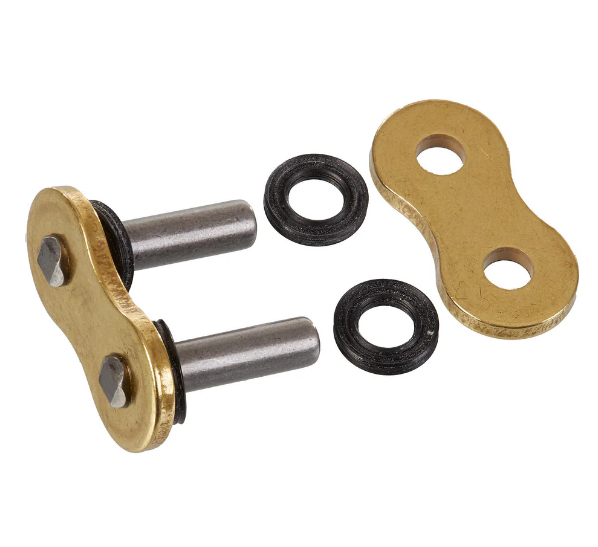
Loss of Flexibility
WD-40 exposure can cause significant loss in flexibility of O-rings, especially to materials such as nitrile rubber. Nitrile O-rings can easily lose 20-30% of their flexibility within 50 to 100 hours of continuous exposure to the petroleum-based chemical WD-40. The result of this lost flexibility is the inability to hold a tight seal under pressure. Hydraulic systems experience fluid leaks due to an O-ring that has lost some of its flexibility; these can result in system failures. Hydraulic system leaks have repair costs normally exceed US$1,500, not including possible downtime costs.
Silicone O-rings are very prone to degradation from WD-40, since silicones are flexible and resistant to heat. Over time, the petroleum components in WD-40 will embrittle silicone. After 100 hours at high temperatures-such as 80° C–silicone may lose up to 15-20% of its flexibility. In automotive applications, where engine gaskets often use silicone O-rings, this embrittlement can lead to gasket failure and subsequent leaks in either the engine coolant or engine oil. Repairs for such leaks can cost upwards of 600 to 2,000 dollars depending on the level of damage involved and type of vehicle.
Most of the EPDM rubbers used in the brake systems and cooling systems have a very great tendency to lose their flexibility upon contact with WD-40. Due to continuous exposure to WD-40, an EPDM O-ring can lose as much as up to 50% of its elasticity after some time at temperatures above 90°C. Apart from these, a loss of flexibility in brake systems could bring about brake fluid leaks, which reduces the braking performance of vehicles considerably and creates a safety risk. A mean repair cost for brake system failure because an EPDM O-ring lost its flexibility can run upwards of $500 to as much as $2,500.
This loss in flexibility can be as high as 5-10%, even in highly chemical-resistant Viton O-rings, during longer exposure to WD-40. In high-temperature applications within industry, those where the use of Viton is quite common because of its great resistance to temperatures upwards of even 250°C, even small reductions in flexibility can have dramatic effects on the sealing performance. The cost of potential downtime can be as high as $10,000 per hour in large manufacturing or chemical processing plants.
Alternatives to Lubrication
Among the best alternatives to WD-40 in maintaining O-ring applications, silicone grease is compatibly designed for different rubbers such as nitrile, EPDM, and Viton. Silicone grease keeps O-ring flexibility and integrity at extreme conditions. Silicone grease maintains stability across a temperature range of -40°C to 200°C without degrading O-rings, losing their sealing property. Because in plumbing systems, the application of silicone grease in O-rings can extend their lifecycle by up to 50%. This will minimize the frequency of their replacement and could help repair costs range from $100 to $500 for several years.
The other fine option involves the use of PTFE-based lubricants-commonly referred to as Teflon-based. It also prevents O-ring degradation in cases of exposure to oils, acids, and solvents when PTFE is used to lubricate O-rings in industrial machinery. According to test results, PTFE lubricants improve the durability of O-rings by as much as 30%, especially in high-friction applications where equipment downtime may cost manufacturers as much as $5,000 per hour.
In the case of high-temperature cases, the fluorosilicone lubricant is compatible with Viton. These lubricants are designed to bear the temperature above 250°C, which becomes critical in aerospace and automotive applications. The application of fluorosilicone lubricants increases the tensile strength of Viton O-rings by 10-15% over 200 operating hours at high temperatures. That added robustness can help avert equipment failure in mission-critical systems, saving up to $10,000 to $50,000 related to repair and replacement costs for industries in aviation and high-performance automotive manufacturing.
Lithium-based lubricants provide excellent resistance to water in water-based systems, especially in applications that are marine or submerged, without compromising the composition of rubber O-rings. As identified, lithium-based grease enhances watertightness for O-rings by 20-30% specifically, since in water-related systems, O-rings are under constant pressure. Generally speaking, with this sort of lubricant, O-rings in such applications as underwater piping or submerged pumps can serve 30% to 40% longer before failure, which lessens the frequency of their replacement-operations that may cost anywhere from $500 to $2,000, depending on the application.

